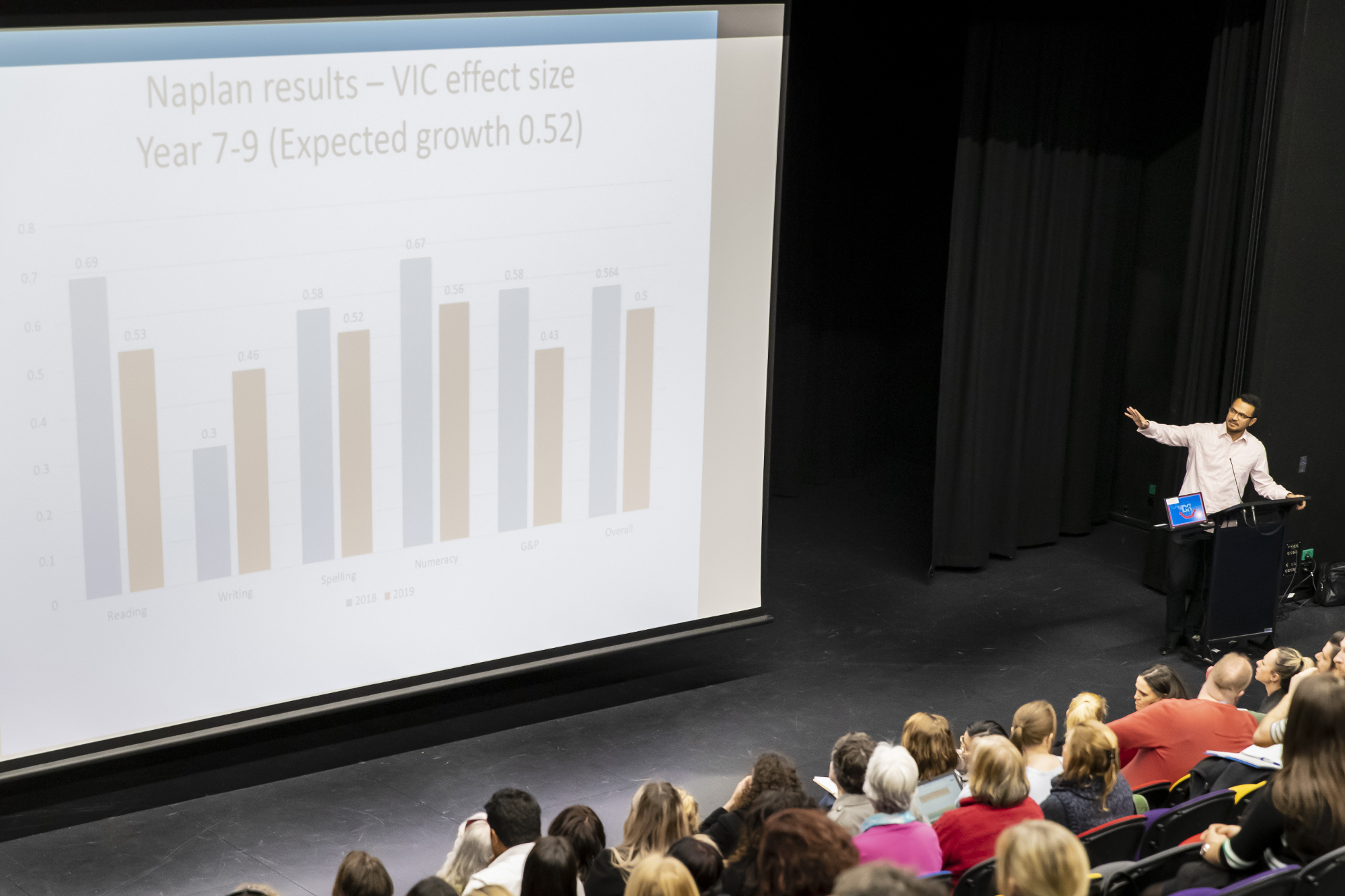
Removing obstacles that block the effective and appropriate use of data in teaching practice
“Analytics for Schools has been instrumental in developing interactive learning tools that support us as educators. Of particular benefit has been the student dashboard, which brings together key indicators of academic, emotional, and engagement progress.“
Mrs. Pitsa Binnion, Principal – McKinnon Secondary College
Put simply, Dynamic Student Dashboards remove two major obstacles that stop teachers from using student data and in turn from applying evidence-based teaching practices to improve learning and wellbeing outcomes for their students. These are ‘data access’ and ‘data interpretation’.
Today, in education, the interpretation of student data determines the most effective teaching interventions. Yet, despite the wealth of raw data available, many teachers are unable to access, consolidate and interpret the data or, even if they can, find the process so time-consuming and complex that it is to the detriment of their teaching role. Too much time and teaching focus is lost and, not surprisingly, many teachers give up and instead carry on teaching, but without the supporting evidence the data provide.
Most of the data are sourced from test scores, grades, demographics and individual student details but are housed on various non-compatible platforms (e.g., web portals, internal databases) according to type, and with access generally restricted to senior personnel with the necessary access codes.
Powerful opportunities to use data intelligently are lost because the data cannot be easily accessed or interpreted. Lack of data consolidation also diminishes knowledge synthesis and richer interpretation.
Individual Dynamic Student Dashboards are designed to:
- consolidate all the data for each student on that student’s individual dashboard
- dynamically sift and collate student data to suit specific needs at certain points in time, subject domains, etc.
- provide infographics (data visualizations that include graphs, charts and tables) that convey the information clearly and make interpretation easier
- give teachers immediate access to the data.
Teachers are using our dashboards to:
- inform class allocations
- plan targeted teaching interventions
- identify students in need of additional learning support
- discuss learning progress and student goals during parent-teacher interviews, among other applications.
School leaders are using our dashboards in several ways, including to:
- identify trends over time
- measure the impact teachers are having on student learning
- assist in the review processes performed regularly by the Department of Education and Training.
To build the dashboards, on behalf of the participating school we:
- extract the data from the various platforms
- process and link the data to create a database for the school built on thousands, sometimes millions, of records
- create the individual Dynamic Student Dashboards with the consolidated data and infographics, as above.
Interactive Student Dashboards are custom designed to suit the needs of individual schools and their teachers and students. As part of our service, we also update the dashboards as new information becomes available. When building the dashboards, we consider the unique characteristics of each school and the different data-sets available, and then we adapt our dashboards to fit their strategic plans and goals. The dashboards vary in complexity, are tailored to each school’s requirements, and can evolve over time to consolidate and process increasing amounts of data.
The dashboards have already been successfully implemented in several Victorian schools.
Author: Jesus Camacho-Morles
The student data dashboard developed by Analytics for Schools has been a ‘game-changer’ for my staff and a powerful enabler of evidence-based practice. This user-friendly, one-stop platform, provides a snapshot of each learner that not only includes performance and learning growth data, but also critical engagement and well-being measures. Invaluable information that can be used by teachers, students, and parents.
Mrs. Susan Ogden, Principal – Dandenong High School.


